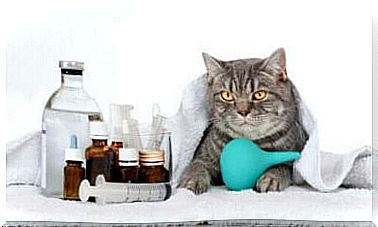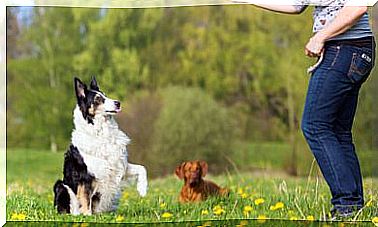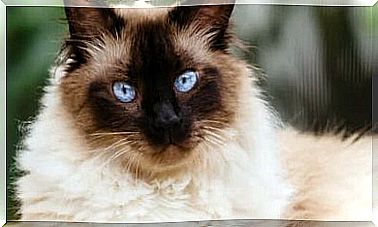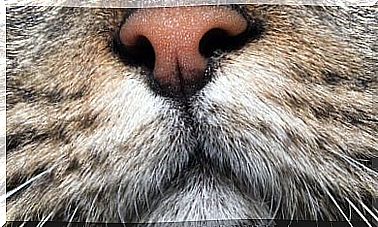Cat Scratch Disease: What Is It?

When cats scratch people, they can transmit bacteria. One then speaks of the cat-scratch disease, which occurs more frequently than we think.
We have therefore put together some advice for you so that you can prevent this disease. After all, we often get scratched and injured by cats.
Today you can find out more about cat scratch disease and how preventive measures can be taken.
What is cat scratch disease?
The scientific name of this infectious disease is bartonellosis. In Germany, between 10 and 70% of cats are infected with the causative bacterium, which belongs to the genus Bartonella (especially Bartonella Henselae ).
The animal that is infected with this microorganism does not have any symptoms, but it can infect other animals or humans.
Cat scratch disease is transmitted more frequently in autumn and winter. It is a benign condition that usually disappears on its own after a few days without any treatment.
It is common for children to become infected because they play wilder with their cats, their skin is thinner and their immune systems are not as well developed.
The cat-scratch disease was discovered in 1889 but was not examined in detail until the 1950s. Small cats carry the pathogen in their blood when they are bitten by infected fleas or when they have come into contact with an infected cat’s excrement.
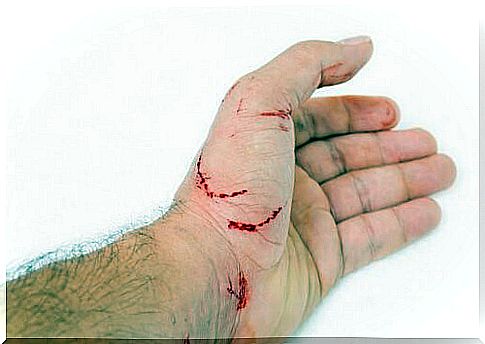
If we are scratched by a cat and injured, the Bartonella Henselae bacteria can be transmitted. Even with a bite there is a risk of this. The microorganism can be present in both the claws and the mouth of the animal.
Also the contact with the fleas that make it to the fur of the cat easily can transmit the disease. In addition, contact with a cat’s wound or its mucous membranes (nose, eyes) is dangerous.
Symptoms of cat scratch disease
The most common signs of this infection appear locally in the area where the scratch occurred. A papule or bubble will appear at the site of the injury.
Pain and swelling of the lymph nodes accompanied by swelling (regional lymphadenopathy) are the secondary symptoms you should be aware of.
In some cases, you may experience a fever, abdominal pain, chills, headache, or back pain.
Most people infected with this disease will heal within a few days. However, it must be borne in mind that lymphadenopathy can last for more than a month. Serious complications can occur in patients with immune problems.
There are several tests that can be used to detect cat scratch disease. A physical exam will analyze whether the spleen is enlarged. A lymph node biopsy is also necessary in some cases.
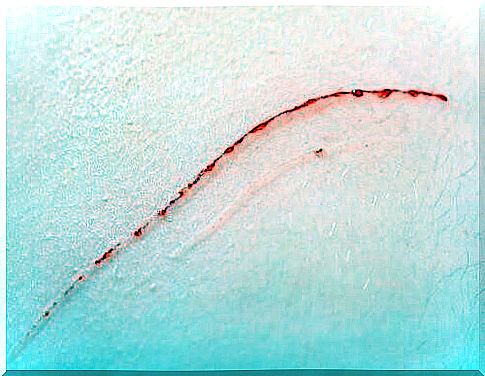
Despite the diagnosis, treatment is not always necessary. Usually the body’s defense mechanisms fight this disease successfully.
However, if a child comes to the doctor with a very inflamed or infected area, they will likely be prescribed azithromycin or doxycycline.
prevention
Prevention, of course, is very important in preventing diseases from developing that our pets or stray animals may have.
We have a few tips to help reduce your chances of developing this feline-borne disease:
- Wash your hands with warm water and soap after playing with your pet.
- If your cat scratches you, you should disinfect this area.
- Play carefully to avoid bites or scratches.
- As much as possible, avoid licking your cat’s wounds, scars, mouth, eyes, or nose.
- Use an anti-flea product (pill, dropper, or collar) to reduce the spread of these disease-carrying parasites.
- Avoid touching street cats to avoid bites or scratches.
- Thoroughly clean your pet’s personal belongings (toys, litter boxes, mattresses, or bowls).
Although cat scratch disease is not severe, you must be careful not to harm your pets. This will help you avoid unintended consequences.
